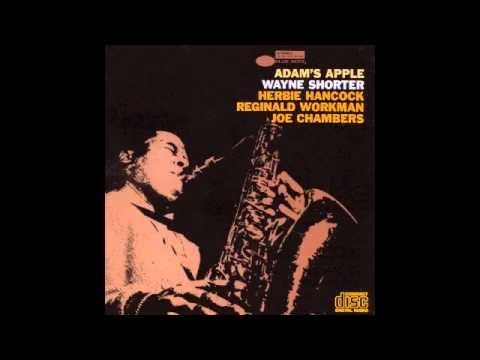There are already many detailed accounts of the late Wayne Shorter’s epic career. What follows are a few recent memories of this giant musician and composer.
In July 2017 my then girlfriend, and now wife, took a trip to the town of Ravello on the Amalfi Coast of Italy. We traveled from Rome by train and then took a car up to this lovely coastal town. Quite simply I had the best meals I’ve ever eaten. You can eat pasta for breakfast there and not gain an ounce. The lemons are as big as footballs. Everyone seemed to have wine in their backyards. Gore Vidal once said the ocean water next to Ravello was so blue it melted into the sky. Well Vidal, who spent a lot of time in Ravello, did not lie. I would sit in a chair our Airbnb’s little balcony and gaze it in wonder.
But, as magical as the food and the ocean was, there was an unexpected treat on this journey to Italy. There’s an annual Ravello Festival that’s been held since 1953. It was started primarily as a showcase for the music of Richard Wagner, since the German classical composer had visited and raved abou the town back in 1880. Happily for me the festival had evolved into a two week music event with a wide variety of music, including a performance by Wayne Shorter and his band.
The concert was held in an outdoor amphitheater that overlooked the Mediterranean with the bandstand with its back to the sea. In the mountains to the left of the stage you could see small fires during, which the locals claimed were set by the Mafia to intimidate farmers. As the night progressed the wind kicked up and some of the band’s sheet music fly from stage and into the sea.
Yeah, it was strange and magical night with Shorter and his young players negotiating their way through his music against the wind and the sound of the sea. He was eighty-three and a year away from retiring from live performance, but his mystical, searching style on soprano sax was in tact, soaring above the distractions and connecting with the elements. I’d only seen Shorter live with Weather Report in a New York concert hall, which sonically and aesthetically was an ocean away from the acoustic set he played in Ravello. The crowd, a mix of Italian locals and tourist like me, gave the man a standing ovation because scrurrying off to get out of the wind.
Near the end of 2019 I got an unexpected opportunity to meet the jazz giant. Director Sophie Huber had made a fine film, ‘Blue Note Records: Beyond the Notes,’ that featured the historic label’s young lions with masters like Shorter and Herbie Hancock, and I was asked to do an Q&A with Huber. Turned out Shorter and his wife Carolina decided to attend the screening at the West Hollywood Soho House. Shorter had difficulty getting into the room and into his front row seat, but his wit and unique perspective flowed out him in conversations after the screening. A devout Buddhist and a man of great curiousity, Wayne sat surrounded by folks well after the formal presentatio had ended and answered as many questions about his faith as his music.
The last time I saw Wayne Shorter was in Santa Monica when he came out at the end of a performance of ‘Iphigenia,’ an opera he’d been working on for many years. With the help of Esperanza Spalding, who wrote the liberetto, and architect Frank Gehry, who designed the sets, Shorter’s long time ambition of writing a long theatrical work was realized. I really couldn’t follow the story, but the music was sublime.
The beauty of the music Wayne Shorter left us is that its scope wide. Whether your taste runs to the hard bop of the Jazz Messengers, the supple dynamics of the second classic Miles Davis Quintet, the space experiments of electric Miles or the bright and strident sounds of Weather report, there’s a place for you in his vast catalog. I’m listening to ‘This Is Wayne Shorter’ on Spotify as I type this, grooving to “Adam’s Apple,” the title track from his 1966 album, and happy to be in Wayne’s world.



